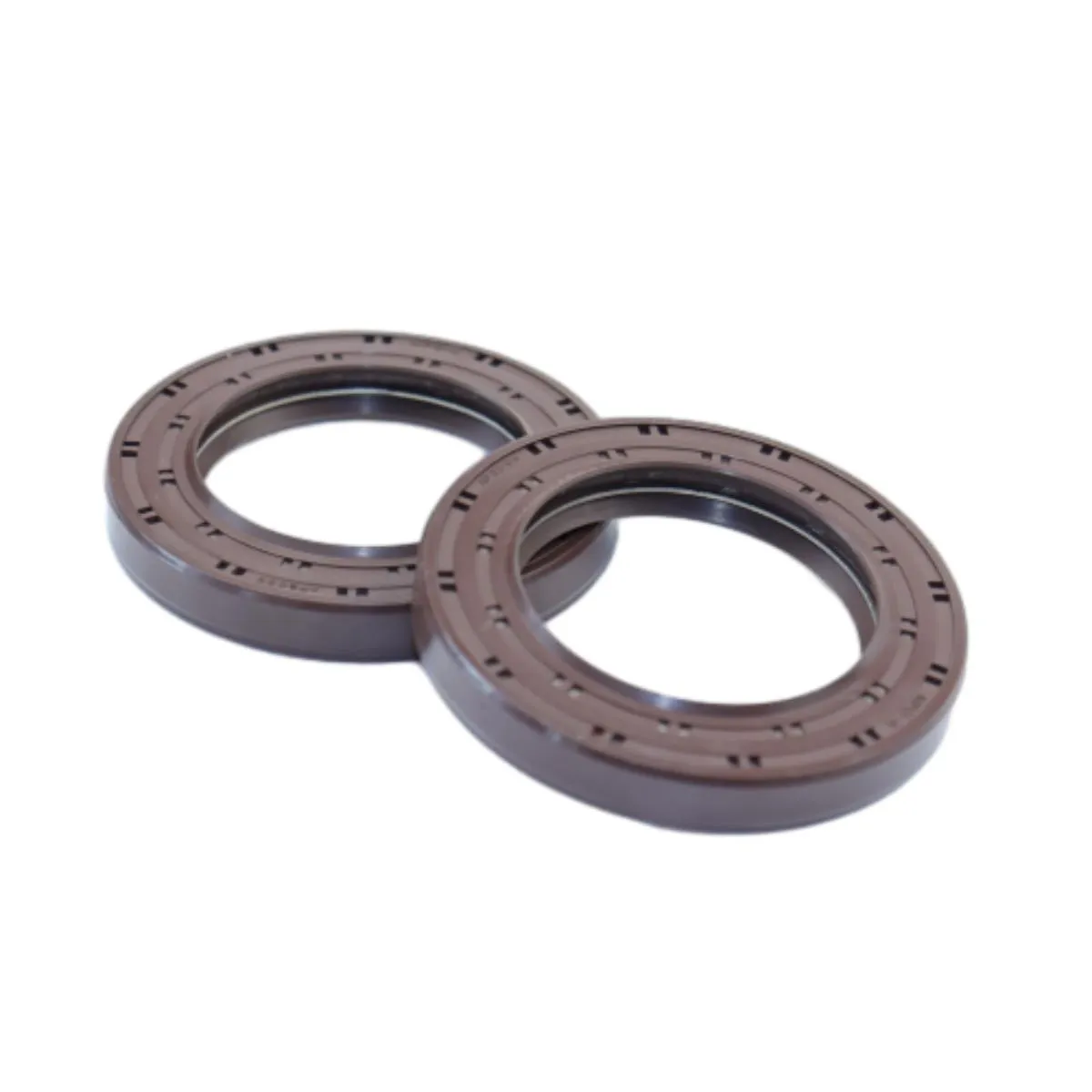9 月 . 11, 2024 00:38 Back to list
20x35x7 Oil Seal - High-Quality, Durable Sealing Solutions
Understanding 20x35x7 Oil Seals A Comprehensive Overview
Oil seals, also known as radial shaft seals, play a crucial role in machinery by preventing the leakage of lubricants and protecting internal components from contamination. One common type of oil seal is the 20x35x7 oil seal, which refers to its dimensions in millimeters an outer diameter of 35 mm, an inner diameter of 20 mm, and a thickness of 7 mm. Understanding the specifications and applications of oil seals is essential for selecting the right component for your machinery.
Structure and Material
The 20x35x7 oil seal typically consists of a rubber outer casing, a metal casing for added strength, and a spring that maintains pressure against the shaft or housing
. The choice of material is crucial; common materials include nitrile rubber (NBR), fluorocarbon (FKM), and silicone, each offering varying resistance to temperature, pressure, and chemical exposure. NBR, for instance, provides excellent resistance to petroleum-based oils, while FKM is better suited for high-temperature environments.Applications
20x35x7 oil seal

A 20x35x7 oil seal is widely used in various industries, including automotive, manufacturing, and agricultural machinery. In vehicles, these seals are found in gearboxes, engine compartments, and differentials, effectively preventing oil leaks and ensuring smooth operation. In industrial applications, they protect rotating shafts in pumps and compressors, safeguarding essential components from dirt and moisture.
Installation and Maintenance
Proper installation is vital for the effective function of an oil seal. Misalignment, excessive force, or using the wrong tools can lead to premature wear and failure. It is essential to clean the sealing surfaces thoroughly and ensure that the seal is properly seated to prevent leaks. Regular maintenance checks can prolong the life of oil seals; look for signs of wear or damage, such as cracking, hardening, or leakage.
Conclusion
The 20x35x7 oil seal may seem like a small component, but its role in maintaining machinery efficiency is significant. By understanding its structure, material choices, and applications, you can make informed decisions when sourcing and replacing seals in your equipment. Whether in automotive or industrial settings, ensuring the integrity of oil seals contributes to the overall performance and longevity of machinery, reducing downtime and maintenance costs. As technology advances, the design and materials used in oil seals will continue to evolve, further enhancing their effectiveness in various applications.
-
The Power of Advanced Sealing: High-Pressure Solutions for Modern Machinery
NewsOct.29,2024
-
Optimizing Machinery with High-Performance Oil Seals
NewsOct.29,2024
-
Maximizing Machinery Efficiency with Advanced Oil Seals
NewsOct.29,2024
-
Ensuring Equipment Longevity with Quality Oil Seals
NewsOct.29,2024
-
Enhance Equipment Performance with Quality Oil Seals
NewsOct.29,2024
-
Custom Oil Seals for Specialized Machinery Needs
NewsOct.29,2024
-
The Role of Wiper Seals in Dust Sealing and Oil Protection
NewsOct.20,2024
Products categories
















